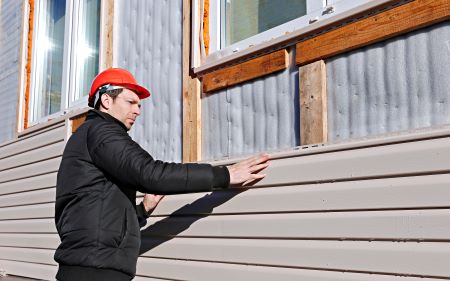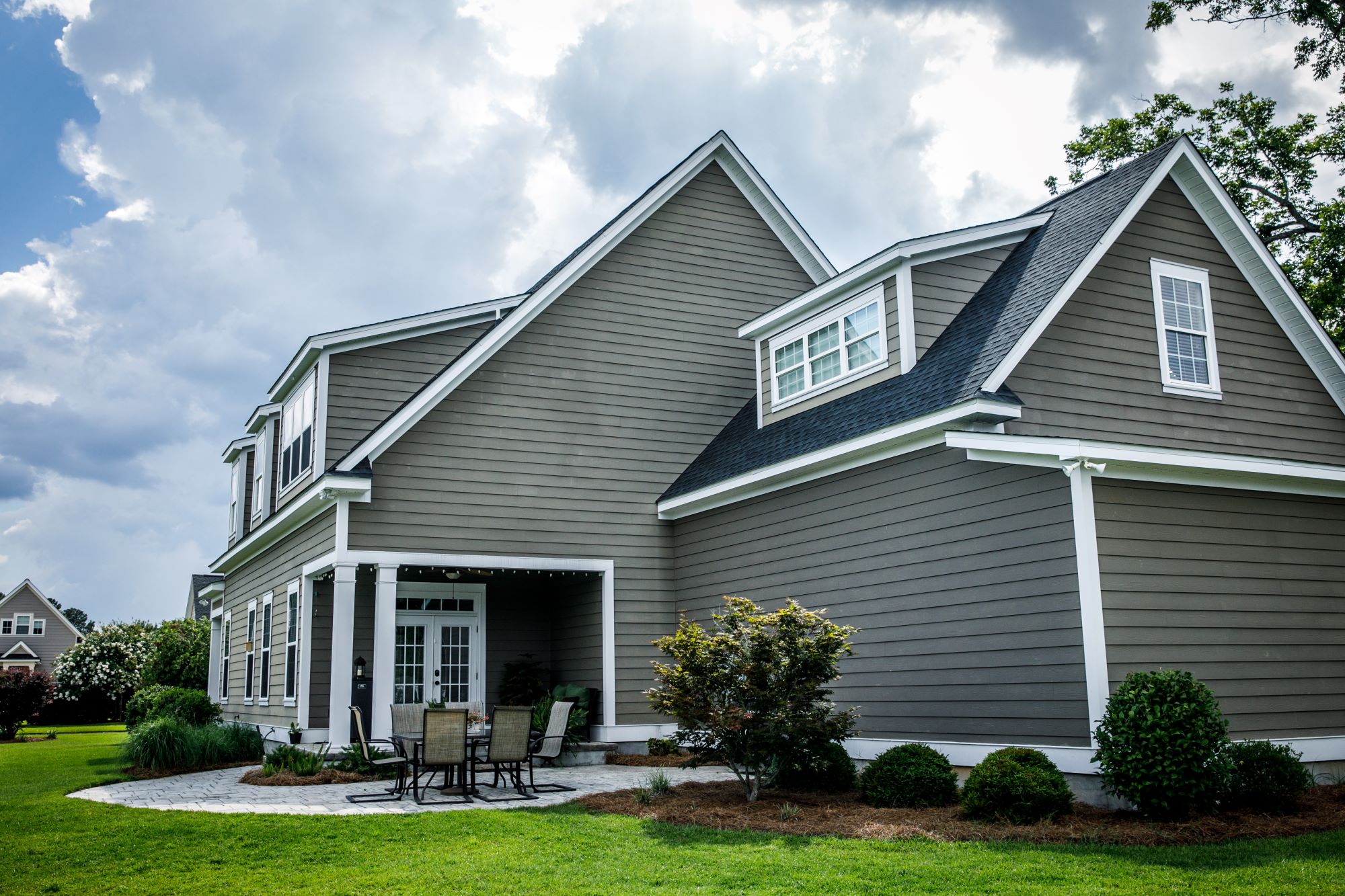The exterior appearance of a building, whether residential or commercial, plays a pivotal role in its overall aesthetic appeal and its protection against the elements. One of the main elements contributing to this protective facade is siding. But a crucial question that homeowners and business owners often grapple with is: how long does siding last? The answer isn’t straightforward, as it depends on various factors, including the type of material used, the quality of installation, and the maintenance provided over the years.
This comprehensive guide aims to delve deep into the lifespan of various siding materials and the importance of professional installation and timely replacement.
1. Factors Influencing Siding Lifespan:
Before delving into specific materials, it’s essential to understand the various factors that influence how long siding can effectively serve its purpose:
Material: Different materials have varying lifespans. While some materials might boast durability, they might require more maintenance to reach their maximum lifespan.
Installation: Whether it’s a residential or commercial siding installation, the skill and expertise involved in the installation process play a crucial role in determining the siding’s longevity.
Maintenance: Regular maintenance, including cleaning, repainting, or resealing, can significantly enhance the lifespan of siding materials.
Environmental Factors: Siding exposed to extreme weather conditions or rapid temperature fluctuations might degrade faster than those in milder climates.
2. Lifespan of Various Siding Materials:
Vinyl Siding:
Lifespan: 20-40 years.
Despite being one of the most affordable options, vinyl siding offers a substantial lifespan. Factors that influence its longevity include UV exposure and severe weather conditions. Proper installation by skilled residential siding contractors can also extend its life.
Wood Siding:
Lifespan: 10-100 years, depending on the type of wood.
Wood siding, though beautiful and timeless, requires regular maintenance to combat rot, pests, and moisture. Types like cedar can last longer with proper care.
Fiber Cement Siding:
Lifespan: 30-50 years.
Comprising wood fibers, sand, and cement, this siding material resists many of the common threats like termites and fire. Its lifespan can be maximized with proper installation and periodic repainting or sealing.
Metal Siding (Aluminum or Steel):
Lifespan: 30-50 years.
Metal siding is robust and resistant to fire, rot, and pests. However, it’s susceptible to dents and might fade over time. Regular maintenance can mitigate these challenges.
Stucco Siding:
Lifespan: 50-80 years.
Primarily popular in the American Southwest, stucco, when correctly applied and maintained, can last for decades. It’s crucial to repair any cracks promptly to prevent moisture penetration.
Brick Siding:
Lifespan: 75-100 years.
Brick not only offers a classic appearance but also boasts durability. While the bricks themselves can last a century, the mortar might need repairs or replacement every 20-30 years.
Stone and Stone Veneer Siding:
Lifespan: Stone can last a lifetime; veneer lasts about 20-75 years.
Natural stone offers unmatched durability, whereas the veneer provides the look at a fraction of the cost. Both require minimal maintenance.
3. The Importance of Professional Installation:
Whether considering residential or commercial siding installation, professional expertise is paramount. Proper installation not only ensures the material’s longevity but also maximizes its protective capabilities. Residential siding contractors specialize in installations suited to homes, considering aesthetic and protective factors. In contrast, those who specialize in commercial siding installation are adept at handling larger projects, ensuring durability and energy efficiency for commercial structures.
When siding is not installed correctly, it can lead to issues like water penetration, which can subsequently result in mold growth, rot, and structural damage. Therefore, while investing in siding, it’s equally crucial to invest in professional installation services.
4. Recognizing the Need for Replacement:
While siding materials have their general lifespans, external factors can sometimes necessitate early replacements. Siding replacement companies often cite the following signs indicating the need for new siding:

Warped or Rotted Siding: If the siding appears warped or has soft spots, it might be time for a replacement.
Peeling Paint or Loose Wallpaper Inside the House: This might be an indication of faulty siding, allowing moisture to penetrate the walls.
High Energy Bills: If heating and cooling costs are inexplicably rising, deteriorating siding might be the culprit.
Mold or Mildew Growth: Any growth on the siding, especially near the seams, suggests water penetration.
Investing in timely siding replacement not only safeguards the structure but also enhances its market value and curb appeal.
Siding serves as the protective armor for structures, shielding them from external adversities. Understanding the lifespan of various siding materials, coupled with recognizing the critical role of professional installation and the signs indicating replacement, can ensure that this armor remains formidable and effective. Whether collaborating with residential siding contractors, opting for commercial siding installation, or seeking services from siding replacement companies, the goal remains the same: ensuring the building remains secure, energy-efficient, and aesthetically pleasing for decades.
- Siding Installation Vancouver WA
- Siding Installation Tigard OR
- Siding Installation Lake Oswego OR
- Siding Installation Beaverton OR
- Siding Repair Vancouver WA
- Siding Repair Camas WA
- Siding Repair Lake Oswego OR
- Siding Repair Portland OR
- Siding Repair Beaverton OR
- Siding Contractor Camas WA
- Siding Contractor Lake Oswego OR
- Siding Contractor Portland OR
- Siding Contractor Beaverton OR
- Siding Contractor Lincoln City OR
- James Hardie Siding Vancouver WA
- James Hardie Siding Camas WA
- James Hardie Siding Lake Oswego OR
- James Hardie Siding West Linn OR
- James Hardie Siding Beaverton OR
- James Hardie Siding Happy Valley OR
- James Hardie Siding Portland OR
- Commercial Siding Replacement Vancouver WA
- Commercial Siding Replacement Portland OR
- Commercial Siding Installation Vancouver WA
- Commercial Siding Installation Portland OR

